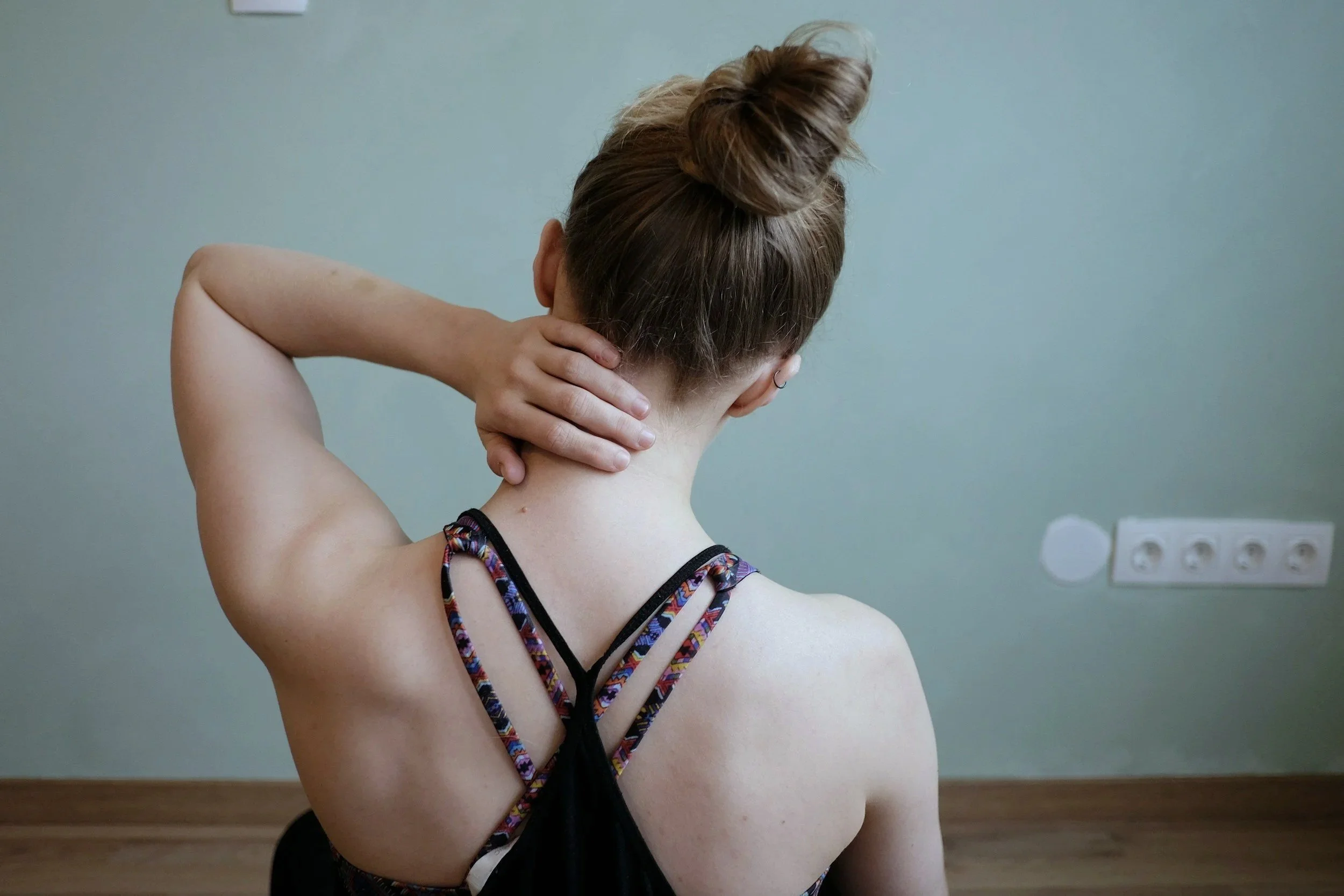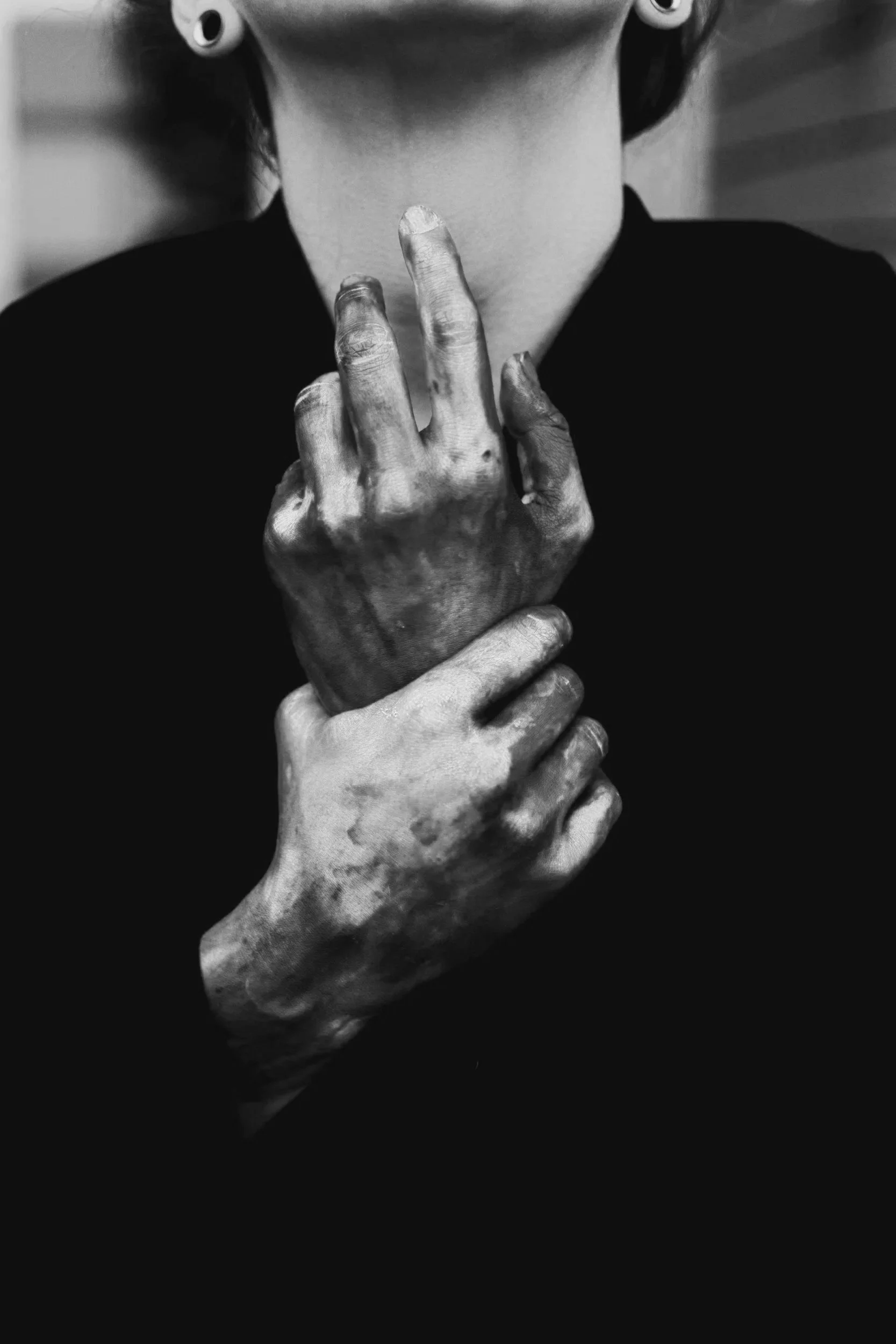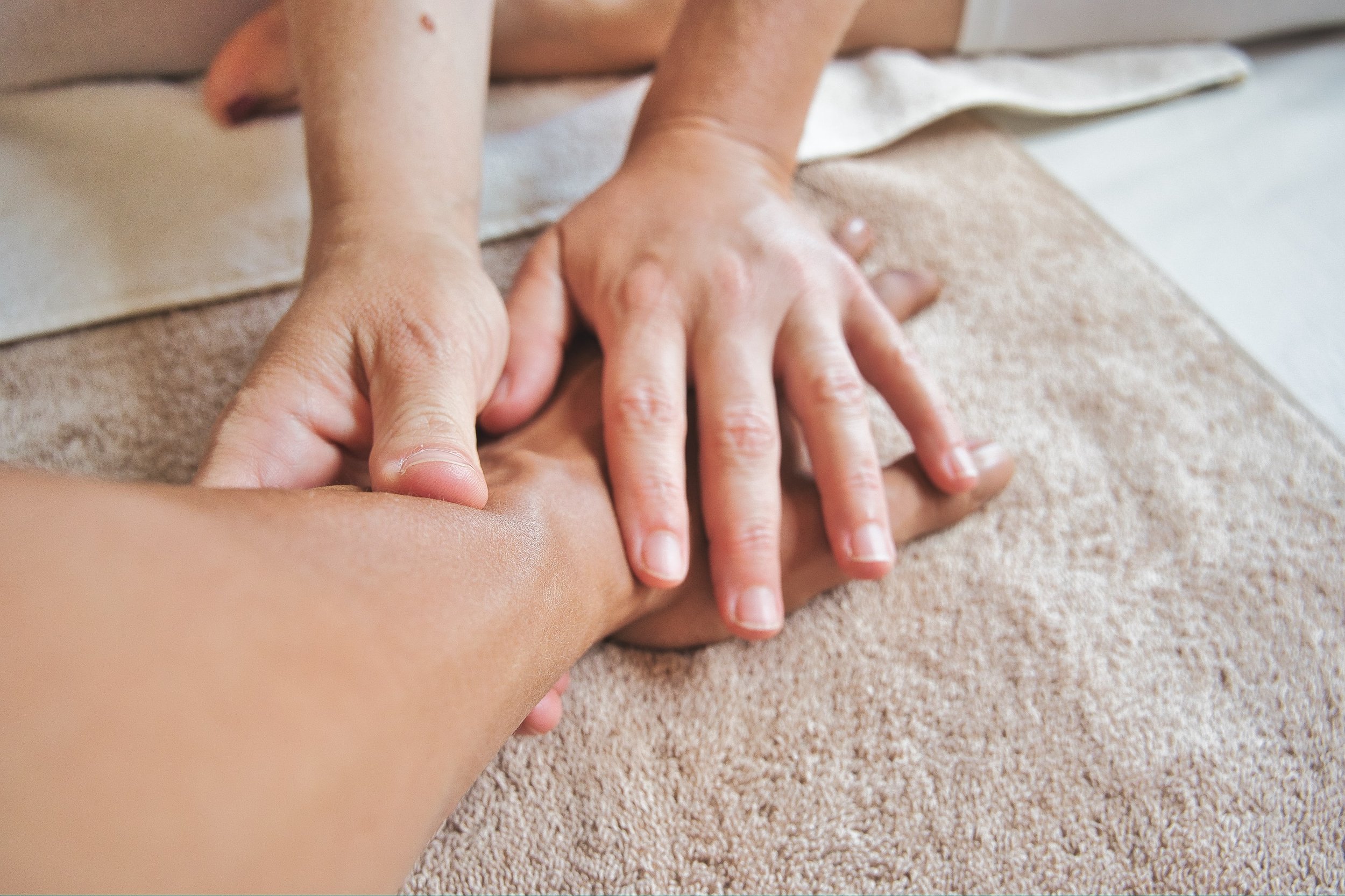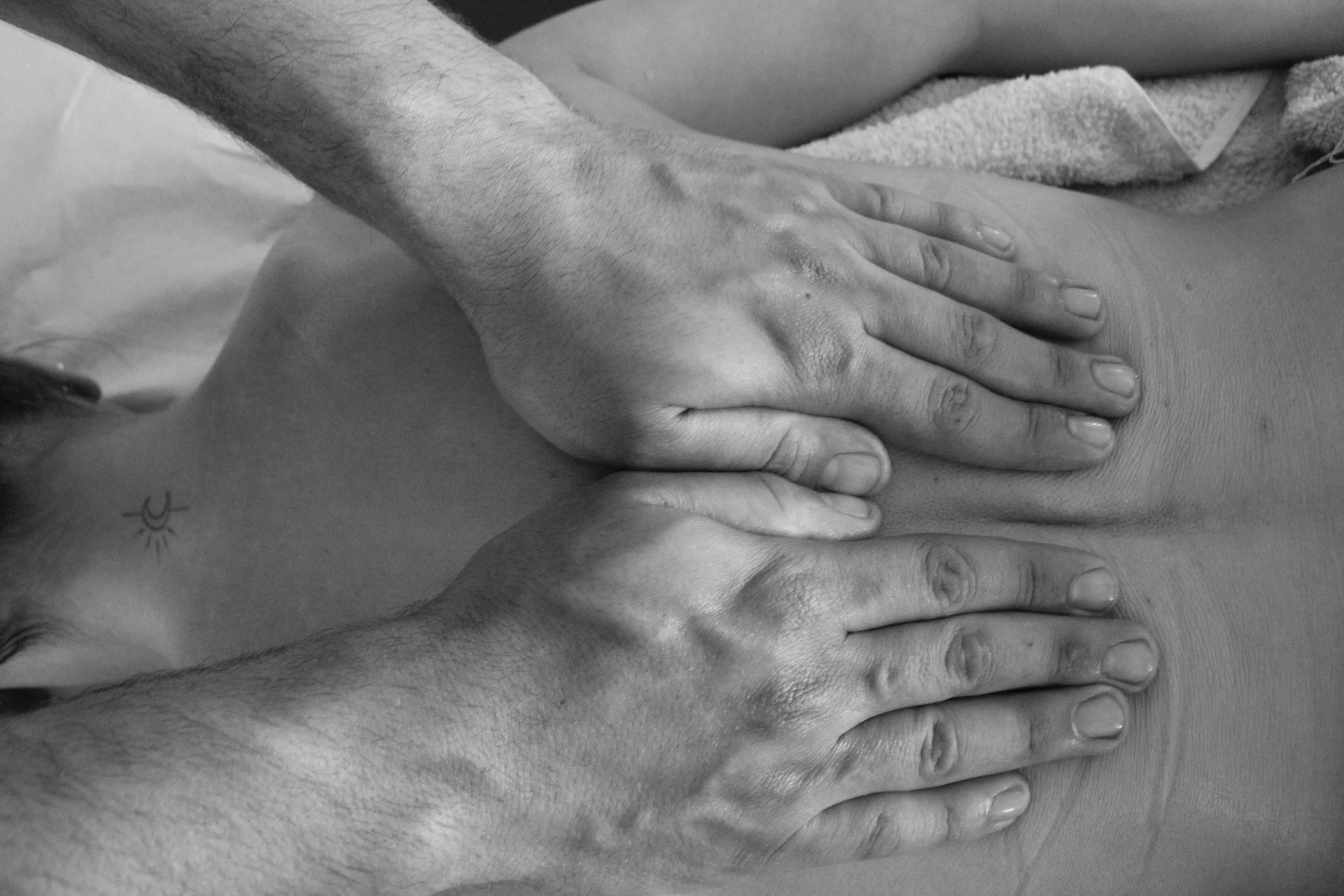Therapeutic Massage Therapy
Targeted treatment for pain relief and muscle recovery
Therapeutic Massage is a great choice if you’re looking for more than relaxation. It’s designed for those with chronic pain, muscle stiffness, injuries, or jaw/neck tension, helping release deep stress and restore mobility.
Looking for Deep Tissue Massage?
Many people search for “deep tissue massage” when they want strong pressure and lasting relief. At our clinic, we call this Therapeutic Massage—a personalized treatment that goes beyond relaxation. With strong, effective pressure, we release deep tension safely and in a way that’s tailored to your needs.
Why Choose Azusa, RMT & Doctor of Acupuncture, as Your Massage Therapist?
Choosing the right therapist can make all the difference in your healing and wellness journey. Azusa Hirota, RMT, Dr.Ac, combines years of professional training with a compassionate, personalized approach. She specializes in Therapeutic Massage, RAPID NeuroFascial Reset, TMJ intraoral therapy, Lymph Drainage, Dynamic Cupping, and Acupuncture, tailoring every session to your unique needs.
With a focus on effective, safe, and lasting relief, Azusa helps you restore balance, reduce pain, and improve overall well-being—so you can feel your best every day.















